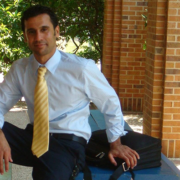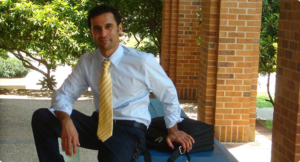The Faces of Luminex: Stephen Angeloni, PhD, LuminexPLORE Lab
By Lauren Whitman
At Luminex, we aim to make it easy for our customers to develop their own xMAP® Technology assays.
That’s why our amazing team of Field Applications Scientists and LuminexPLORE Custom Assay Services Lab work with customers to optimize reagents, develop assays, and troubleshoot any issues. Stephen Angeloni is there to help scientists make the most of their xMAP platforms, working closely with them to ensure their assays run as smoothly as possible. As a field-based Senior Field Applications Scientist and interim director of the LuminexPLORE Lab, Dr. Angeloni earned his PhD in biochemistry from Virginia Tech and has been with Luminex since 2011.
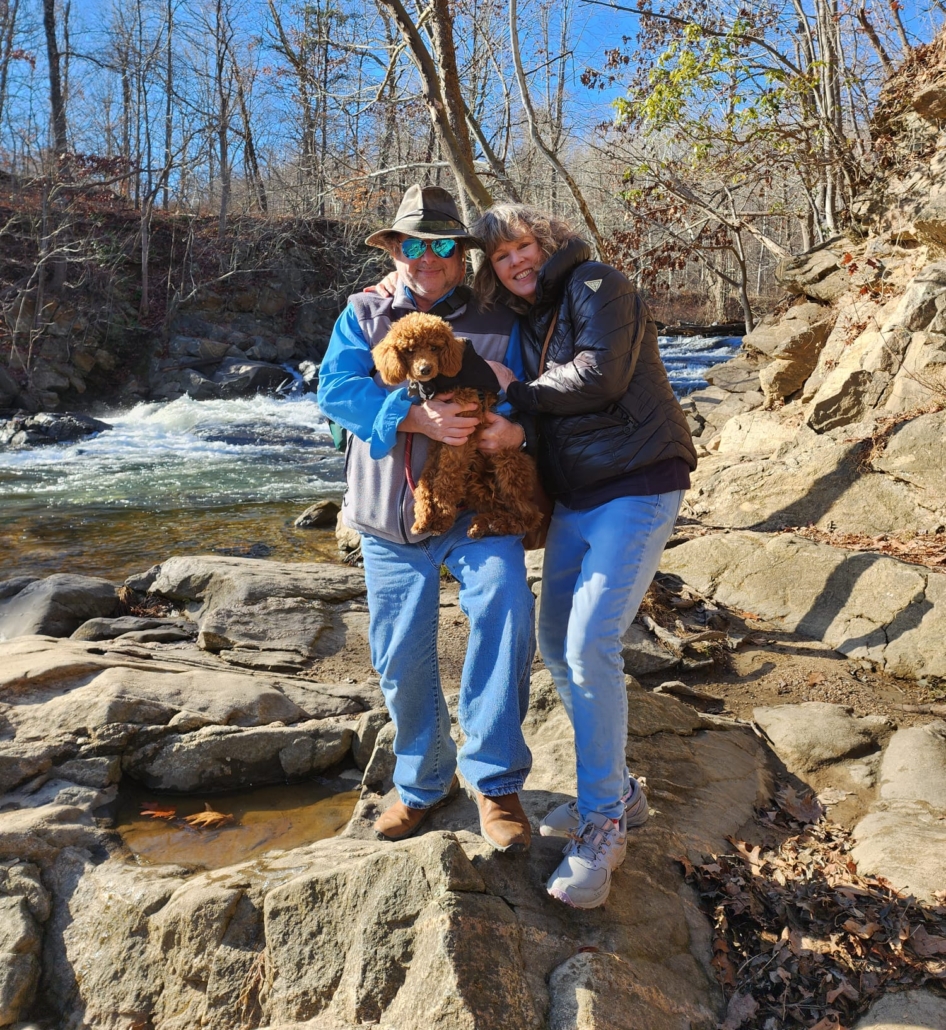
Q: What are your responsibilities at Luminex?
A: My job is to help clients build bead-based assays by working with them on selecting the best chemistry for their needs and helping them develop their assays with the reagents in their lab. At the beginning of the COVID-19 pandemic, for instance, I worked closely with labs to build novel assays to monitor COVID-19 infections and measure immune response. I also developed the first dual-reporter assay to monitor the immune response to COVID-19 infections.
Q: What did you do before this?
A: Before starting at Luminex 13 years ago, I was in academia, where I studied cancer, obesity, diabetes, vaccine development, and endocrinology. I worked on several molecular and proteomic applications as well as genetic, cellular, and protein engineering, and helped develop online bioinformatics tools at Northrop Grumman. Then, upon searching for other opportunities in the biotechnology industry, I focused on places that could use my experience in all these areas.
Q: What drew you to the company?
A: When I first learned about xMAP Technology, I noticed its broad versatility for the development of proteomic and genomic applications. These characteristics, along with the ability to multiplex, convinced me that this was a platform that would revolutionize research and diagnostics, and was something that my diversified experience could promote in different research and diagnostic markets, in addition to the development and testing of new therapeutics.
Q: If you could solve any clinical or genetic challenge, what would it be?
A: The pandemic demonstrated how xMAP Technology could be used in several different ways—from testing vaccine safety to monitoring vaccine production. xMAP Technology is very powerful for vaccine testing and immune monitoring for a broad range of pathogens, so I would be interested in developing more multiplex diagnostic assays that could fine-tune personalized medical diagnostics and treatment strategies for other infectious diseases.
Q: If you weren’t at Luminex, where would you be?
A: I really couldn’t see myself being anywhere but Luminex! What I do fits my experience so well; I don’t think there’s any other company that could offer me a platform that does so many things. My work is so diversified that it never gets boring. There’s always something new and different about a project that makes it challenging, and we work together as a team to meet those challenges with innovative solutions.
Q: What is something about you that no one at Luminex knows?
A: I used to do a lot of scuba diving and I once ran out of air when I was about 100 feet underwater. I was spearfishing with a friend off Cape Florida in Biscayne Bay near Miami, and when my air supply started running low, I was at the top of a reef and my friend was at the bottom. I tried to maneuver myself towards my friend so I could obtain some air from him, but a big hog snapper shot out of the reef, and my friend swam after it. By then my tank was totally empty, and I knew I could not make it to the surface, so I swam toward my friend with my speargun and gently jabbed him in the calf with the spear tip to get his attention. Luckily that got his attention. When he saw my “no air” signal, he handed me his spare regulator.
Q: What is your favorite thing to do in Maryland on the weekend?
A: Several months ago, we adopted a new poodle puppy, so we like to walk with him in the woods and let him run around wild in the yard. Cody is just so lovable! We drove to the Luminex Global meeting this year and brought him with us. Many of my colleagues wanted to play with him and take him for walks on the beach near the hotel.
Learn more about the LuminexPLORE Lab team in more Faces blogs and check out our website to see how they can help with your custom xMAP assay projects.
Meet more LuminexPLORE Lab scientists:
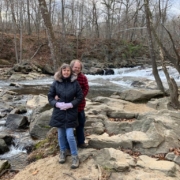
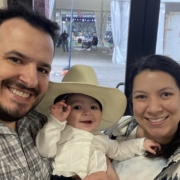
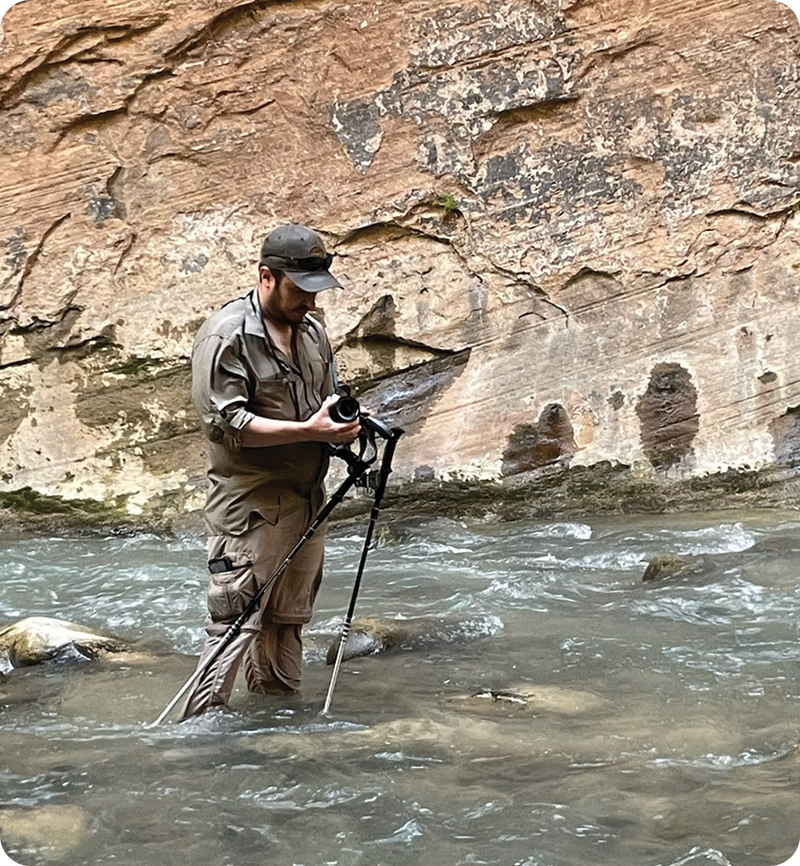

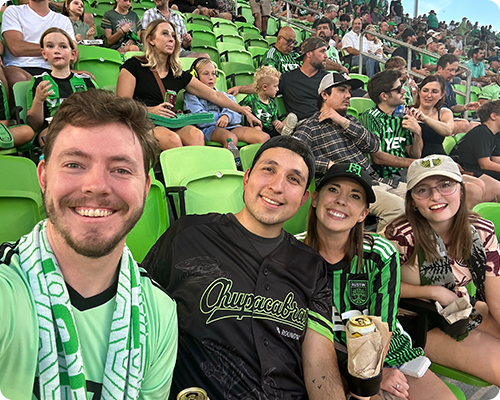


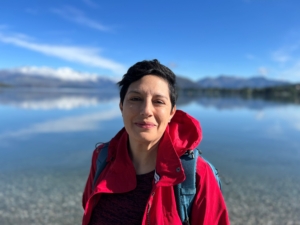
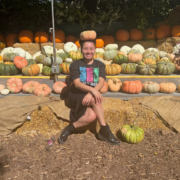
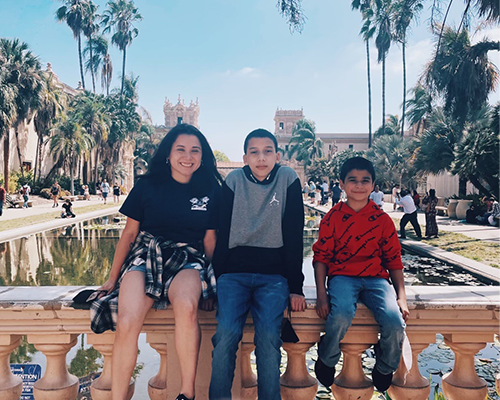
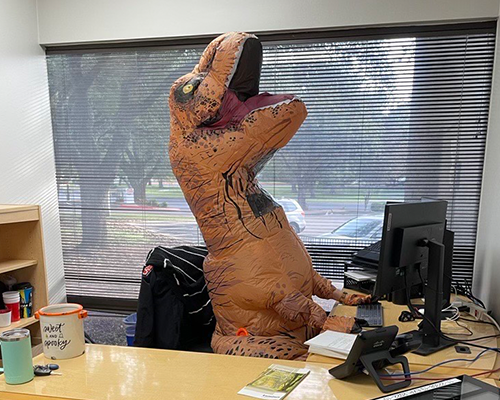

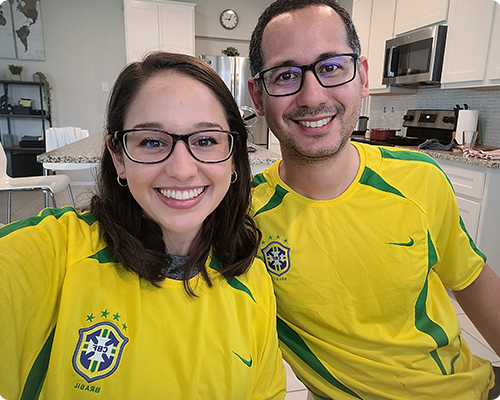 Q: What are your responsibilities at Luminex?
Q: What are your responsibilities at Luminex?
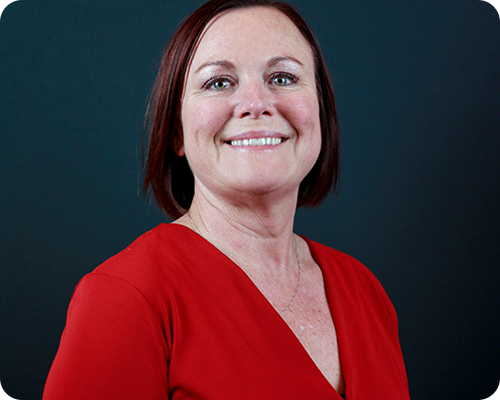 Cited in over seventy-five thousand peer-reviewed publications worldwide, xMAP®’s multiplexing technology continues to elevate scientific study around the globe with the invaluable speed, accuracy, and facility that multiplex testing provides. Our LuminexPLORE Lab helps labs across diverse areas of research access the advantages offered by multiplex technology through tailored custom assay services designed to meet each client’s specific needs.
Cited in over seventy-five thousand peer-reviewed publications worldwide, xMAP®’s multiplexing technology continues to elevate scientific study around the globe with the invaluable speed, accuracy, and facility that multiplex testing provides. Our LuminexPLORE Lab helps labs across diverse areas of research access the advantages offered by multiplex technology through tailored custom assay services designed to meet each client’s specific needs.
